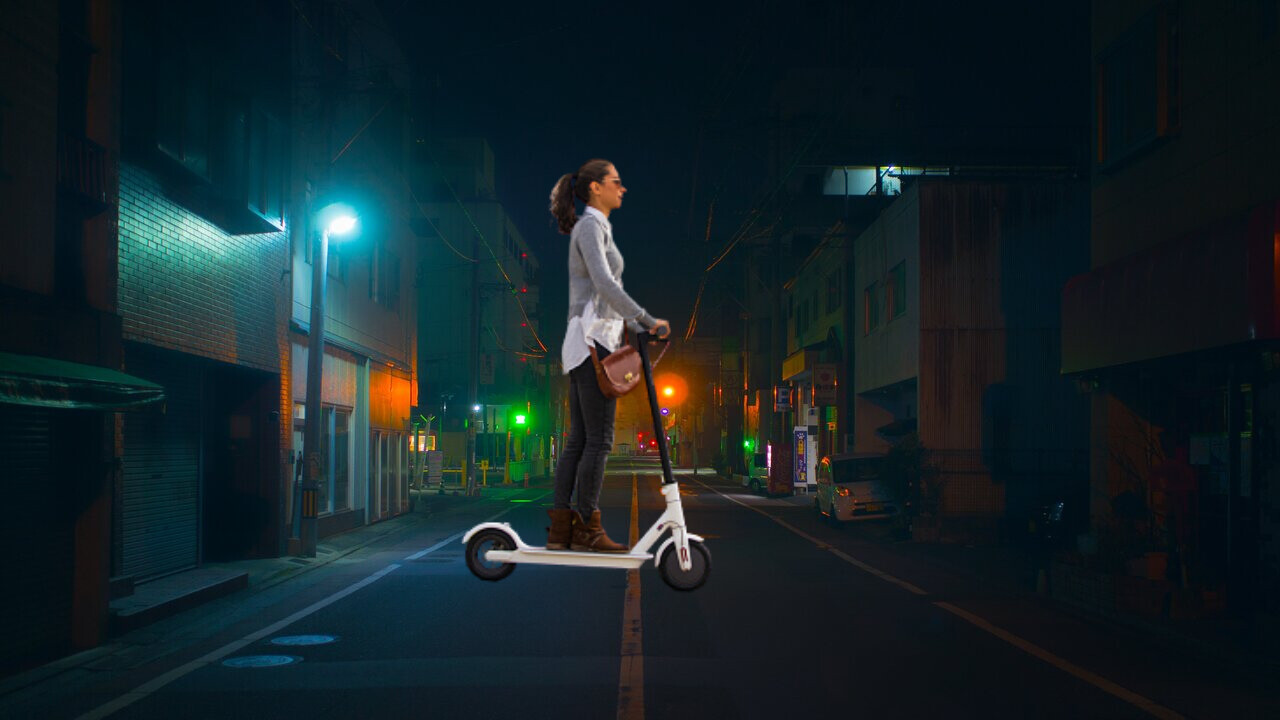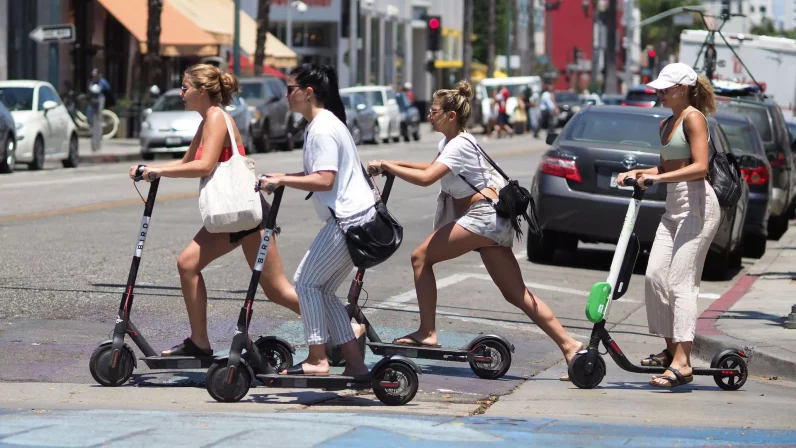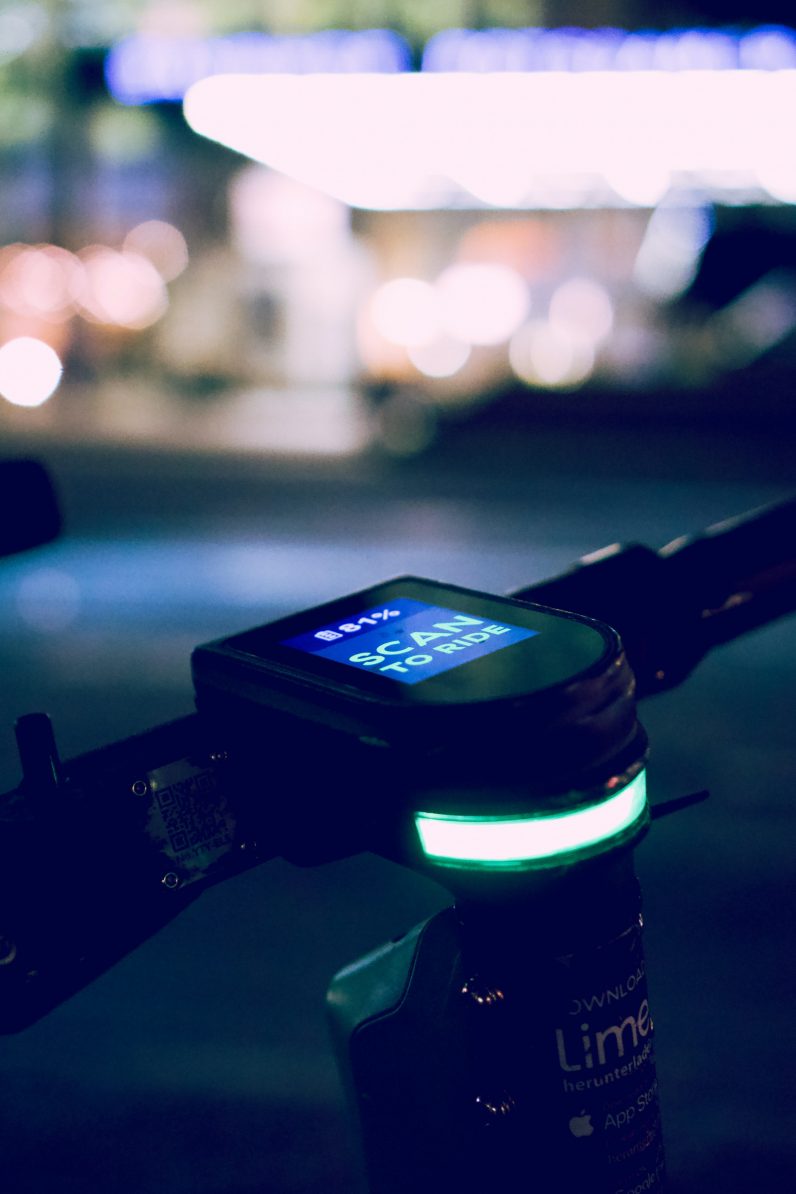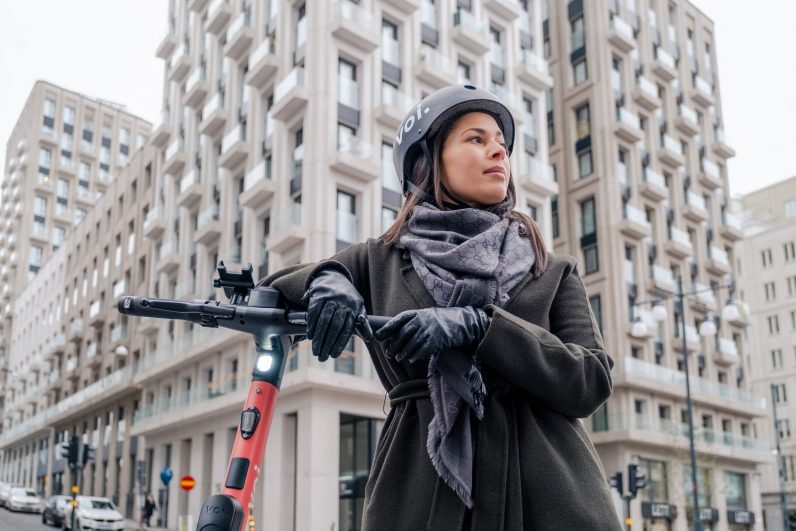
Many cities are partnering with escooter providers to get cars out of their landscapes. But should we get behind this type of transport when they are massively underutilized by women? Research in Paris, for instance, found that 66% of dockless e-scooter riders were male.
This week, Voi released a report on Shared escooters and gender equity. It reveals a significant disparity in the way men and women experience escooters — with the latter losing out.
Written in partnership with Voi’s Gender Equity Commission, it raises a lot of big problems, but also, thankfully offers a way forward. Let’s take a look:
A safe space for learning

The lack of safe spaces to learn how to ride escooters is a huge deterrence for female riders. No one wants to learn to ride on the open road. Women new to escooters want parks and car-free spaces to safely learn to ride in.
The researchers recommended that local authorities and escooter operators offer female-specific public training sessions for women learning to ride and use escooters.
I think this is a great idea. Tier held such a session for women in Berlin. But it was in the middle of a weekday, making it inaccessible to most people working or studying full time.
This is an important point if we’re going to address the gender imbalance of escooters — there needs to be ample opportunities for women to learn in safe spaces.
Efforts to stop problem riders result in disadvantaging women
Some features of escooter services, including reduced operating hours, power output, or area restrictions are designed to prevent speeding. For example, GPS-controlled geofenced areas cap the maximum speed of escooters at a lower rate than normal.
However, many of these initiatives negatively impact women.
Research participants cited the dangers of riding into slow zones with unexpected deceleration. Others discussed feeling unsafe riding at night due to the slow pace, or needing to walk a heavy scooter:
“You don’t necessarily know when you’re going to go into a road that slows [the escooter] down or that you can’t drive on, it’s not usually that clear unless you really map your route out. All of a sudden I found myself having to walk down quite a dark road with the scooter, which… you don’t feel that safe doing.”
However, this is not the only safety challenge for women. Several survey respondents found the use of a phone app at night to be stressful:
“It can take quite a long time [to unlock] and sometimes you can feel a little bit unsafe when it’s dark or you’re in quite an isolated spot, kind of stood on the roadside.”

The researchers suggest that a location-sharing feature (similar to City Mapper or Uber), or an advance booking system at nighttime could help improve personal safety.
Interestingly, ebike provider Cowboy already provides a safety service in their app where riders can share their route and ETA with friends and family members to increase their visibility. So this could also be an option for hire-schemes.
In regard to the problem of slow escooters making women feel more vulnerable, operators could also ring-fence a certain number of ‘accessible’ scooters for women in a given area.
Escooters are designed for men
The typical escooter today is designed for a ‘default’ man. Many respondents noted that the vehicles are heavy to maneuver (shared scooters weigh around 16kg) and cannot carry much. This creates barriers for use for women who are responsible for shopping or transporting children.
Any efforts to lighten escooters need to balance the requirement for stability, so I’m not sure how far that could progress.
But physical improvements may be possible like a tow bar for children’s push scooters or bike trailers; or a basket or hook for small bags.
You can’t solve the problem if you don’t understand it

The research is a really good first step. You can’t solve problems until you understand them.
But women aren’t the only population being underserved by escooter hiring. I’d also like to see comparative research tackle the experiences of people with disabilities. There’s also the issue of racism in how escooter use is policed.
Research last year by Vice revealed that police target black electric scooter-riders at a disproportionately higher rate than white people.
But we don’t need another document to gather dust on someone’s shelf.
The recommendations need to go from ‘nice to have’ ideas to concrete actions with evaluation, clear ownership, timelines, and consequences for inaction.
Efforts to design and execute solutions for women should definitely be a part of any micromobility tender criteria. Otherwise, only men will reap the benefit of escooters and the like rollouts — and that’s leaving a lot of people in the dark.
Get the TNW newsletter
Get the most important tech news in your inbox each week.